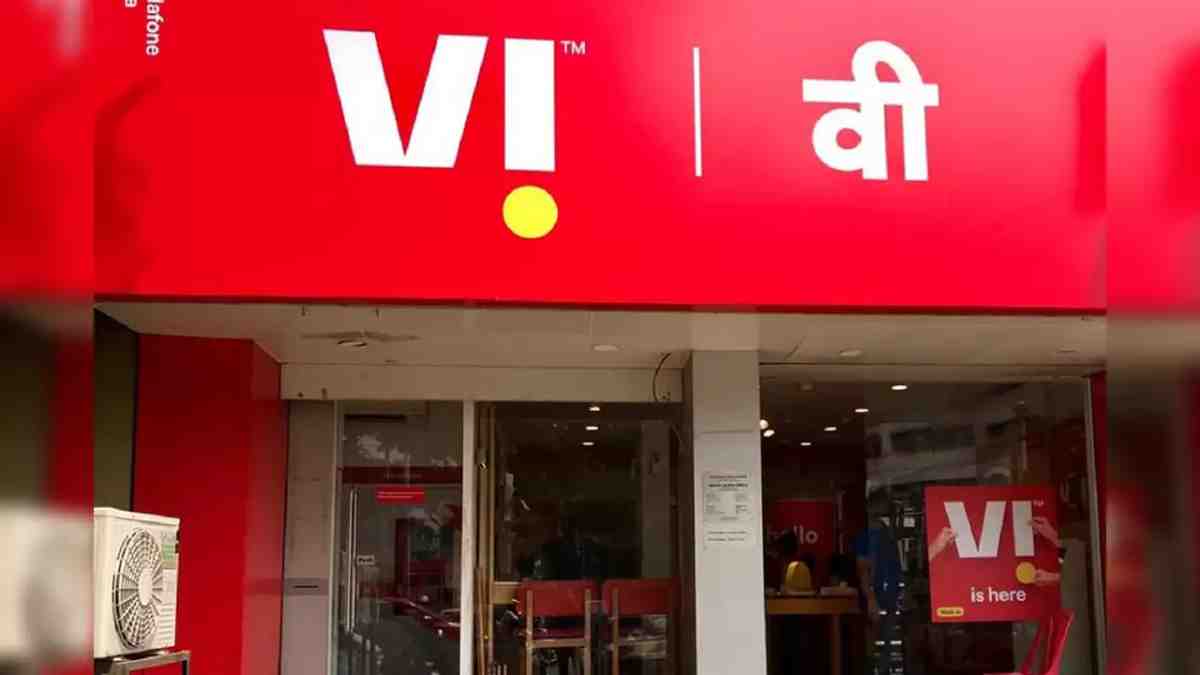
Surge in Ola Electric Shares Driven by Liquidity
Ola Electric’s shares have experienced a significant rise after their listing, but according to Deven Choksey, Managing Director of DRChoksey FinServ Pvt. Ltd, this surge is more about liquidity in the market than the company’s fundamental strengths. Choksey points out that the underlying financial situation of Ola Electric remains largely the same as it was at the time of its IPO.
The critical issue is that although Ola Electric is pushing to sell more electric vehicles (EVs), the company is currently losing approximately ₹24,000 on each vehicle sold. As Ola Electric works to increase its sales volumes, the real challenge will be to see how much they can reduce these losses. This is a question the company will need to address in the future, particularly in upcoming quarters when financial results are released.
IPO Response vs. Post-Listing Performance
Choksey highlights an interesting contrast between the initial IPO response and the post-listing performance of Ola Electric. When the IPO was priced at ₹75, there was little interest from investors, and the subscription barely went through. However, after listing, the stock price surged to ₹140. Choksey attributes this rise not to any improvement in the company’s fundamentals but to the liquidity available with fund managers.
These fund managers, having reached exposure limits with their existing investments, needed to find new opportunities to allocate the incoming funds. As a result, Ola Electric became a stock of interest, leading to its post-listing price surge. Choksey emphasises that the fundamentals of Ola Electric have not changed, and the company will need to prove its ability to generate profits in the future to sustain investor interest.
Cable and Wire Segment: Valuation Concerns
Choksey also shared his insights on the cable and wire segment, which has performed well recently. However, he expresses caution regarding the high valuations that companies in this sector are currently enjoying. Many companies have been trading at price-earnings (PE) ratios of 40, 50, or even 100, based on expectations of rapid growth rates of 30%, 40%, or 50%.
Now, with the growth rates normalising and aligning more closely with the overall economic growth rate of around 11-12%, these premium valuations may no longer be justified. Choksey believes that while the business conditions for companies like Polycab remain strong, especially given the growth potential in the building materials segment, the high valuations may undergo a correction in the near future.
Strategic Profit Booking in High-PE Stocks
When asked about profit booking strategies, Choksey admits that his firm has recently been cautious with companies that have reached premium valuation levels. They have begun to offload some of their holdings from Portfolio Management Services (PMS) portfolios, particularly in companies where the PE ratios have risen to 60, 70, or 80, while the earnings growth remains in the 20-30% range.
He also shares an example with Zomato, where they initially bought the stock at lower levels, saw it fall further, bought more, and eventually booked profits when the price rose above 100% of the purchase price. Choksey notes that while it can be challenging to see stock prices continue to rise after profit booking, this strategy is essential to maintaining strong portfolio performance. The goal is to strike a balance between taking profits and staying invested in potential growth opportunities.
Disclaimer: The views and investment tips expressed by investment experts on Sharepriceindia.com are their own and not those of the website or its management. Sharepriceindia.com advises users to check with certified experts before taking any investment decisions.









